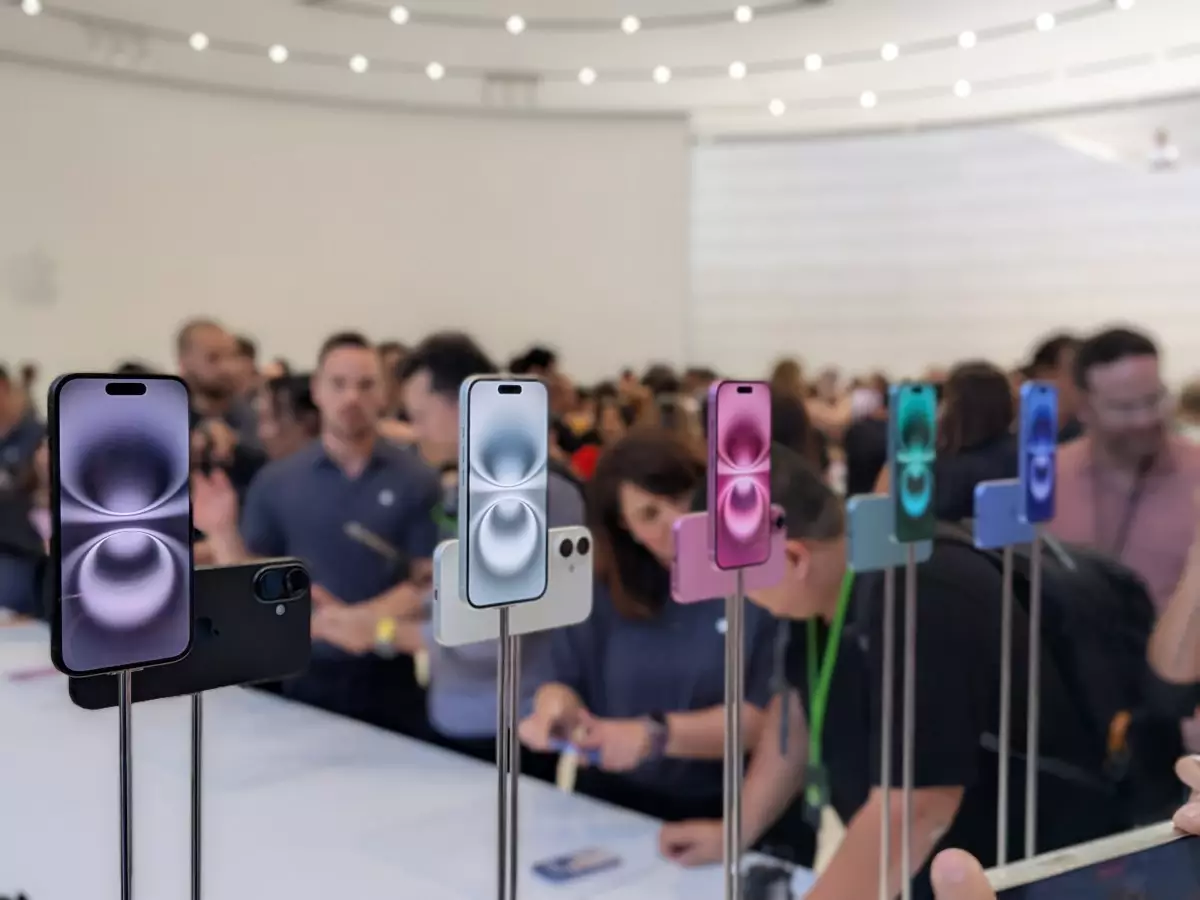The recent unveiling of the iPhone 16 at Apple’s highly anticipated “Glowtime” event was replete with hardware innovations, yet left many avid observers perplexed due to the absence of meaningful discourse surrounding device repairability. In an era where consumer rights are increasingly championed by the right to repair movement, this omission felt discordant. Nonetheless, a meticulous examination of the new iPhone models reveals some laudable features aimed at easing the repair process.
A standout feature from the iPhone 16 lineup is the introduction of an innovative adhesive design that addresses one of the most significant hurdles for DIY repair enthusiasts: the over-reliance on adhesive in the construction of modern smartphones. Historically, manufacturers like Apple have opted for adhesives instead of screws to create sleeker designs, which pose a considerable challenge for those wishing to perform self-service repairs. However, the iPhone 16’s new adhesive can be loosened using a modest application of low voltage from a standard 9-volt battery, marking a potentially revolutionary step forward for repair accessibility.
This development is particularly crucial considering that previous iterations of Apple’s devices often hampered repairs due to extensive use of glue, necessitating specialized tools just to open the device. The inclusion of this easier-to-manage adhesive signifies a shift towards more user-centric design philosophies, even as the devices continue to evolve into slimmer geometries.
While the iPhone 16 and 16 Plus have prominently adopted the new adhesive system, it is noteworthy that the Pro models did not receive this enhancement. Instead, these models were designed with a revamped internal architecture that aims to enhance user access to crucial components. This strategic pivot raises questions about the priorities inherent in these two lines and whether the differentiation will eventually benefit the consumer in terms of repair facilities.
Moreover, the redesigned LiDAR Scanner—now serviceable—offers additional hope for professional repair technicians who often struggle to navigate the compact interiors of modern devices. Making components like this easier to access certainly reflects growing awareness among manufacturers about the necessity of repairable technology.
In conjunction with the hardware innovations, Apple has introduced the Repair Assistant feature within the upcoming iOS 18, tailored to support both professional technicians and everyday users seeking to perform repairs. This system aims to calibrate various modules and uphold the performance metrics that Apple has historically maintained. By eliminating the need for users to tether to external devices, particularly with the TrueDepth camera, Apple is further fostering autonomy in device management.
This shift in perspective indicates Apple’s subtle recognition of the growing demands for repairability and user empowerment in a market long dominated by restrictive practices. While the conversation may not have been explicitly featured during the event, such innovations signal a gradual transformation in Apple’s approach to repair rights and consumer satisfaction.
Though Apple’s initial event lagged in direct discussion of repairability, the underlying features of the iPhone 16 series mark a progressive step toward greater consumer empowerment. By prioritizing innovations such as improved adhesive methods and introducing supportive repair technology within iOS, Apple appears to be aligning itself with evolving consumer demands, albeit in a cautious and measured manner.

